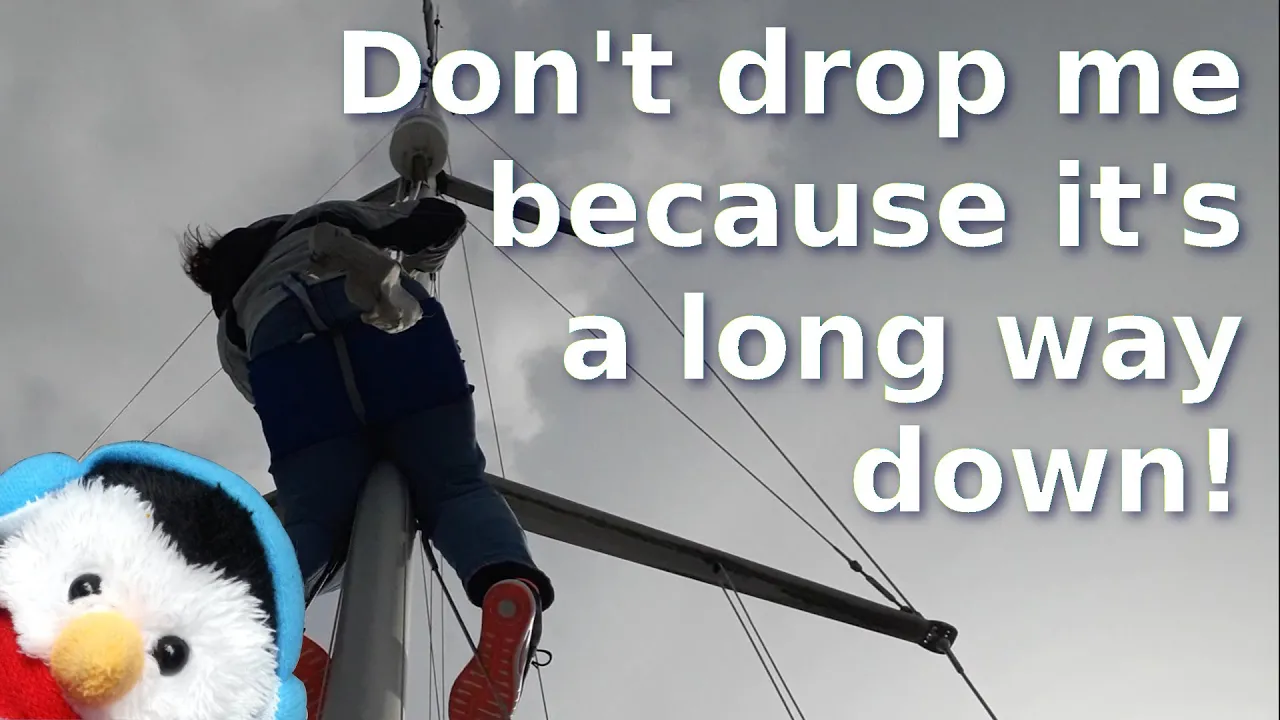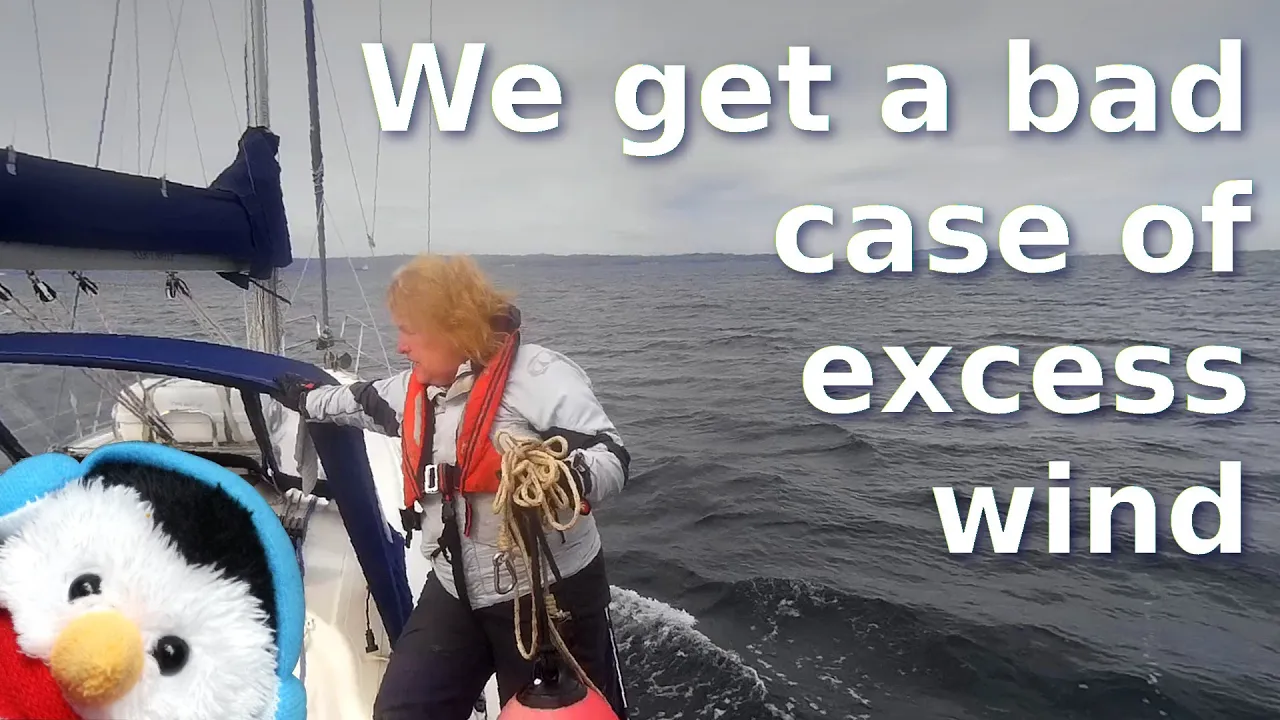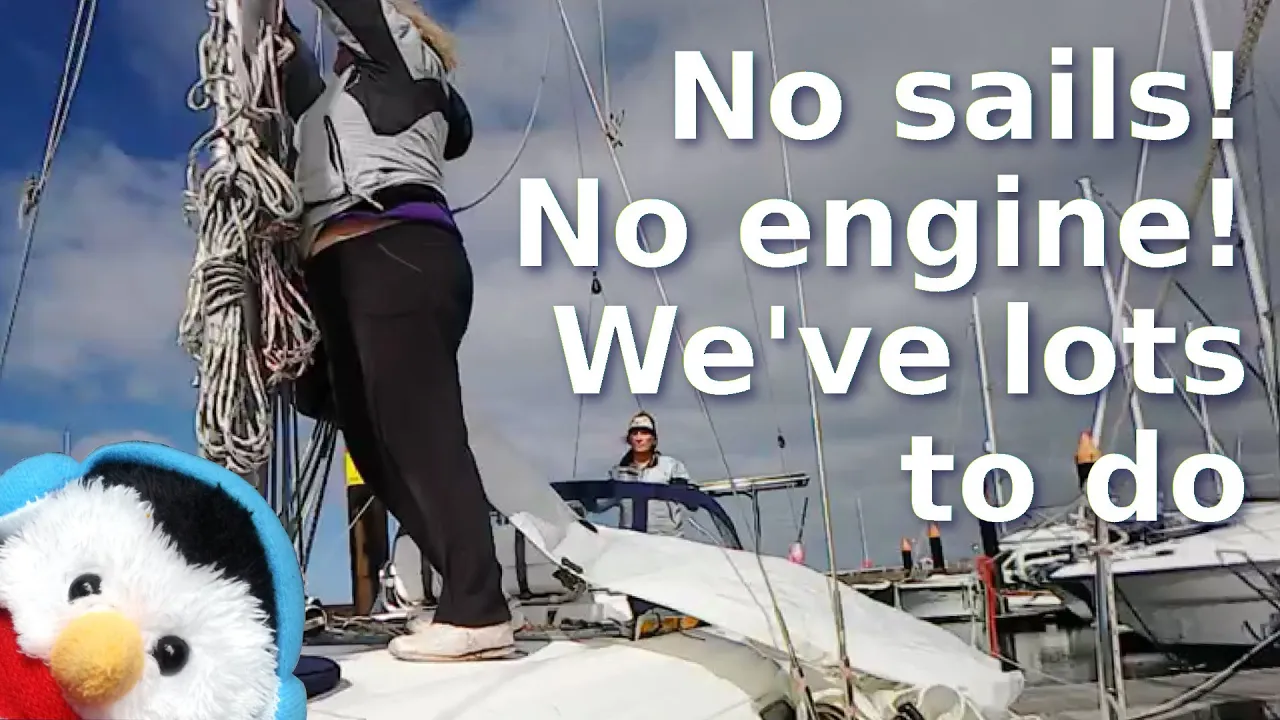Beverley and I are up to our necks in stuff to do, we have a whole load of half finished jobs that just need to get finished. On top of that Beverley has got to do see her Mum three times this week, all appointments for the dentist, while I have just have work. So with all that going on we just decided that we would film around what we were doing, a little bit in the moment. We thought that we would film what we thought of as rules of thumb, but in the end they are a little bit more like small facts, some of which are actually sailing related.
So what are rules of thumb?
Rules of thumb are rules that can help you in what ever you are doing. They are not hard and fast rules and every rule should be taken with a large pinch of salt. However, if you need to make a quick calculation in what you are doing then they can help you.
It always takes longer than you think
What ever you are doing, it always takes more time than you think. We are living on a small boat, so we have limited space to carry out projects, on top of that we have got to move stuff around so that we can get to our tools or our equipment. I think the other issue is that there are always little tasks like making a drink, that happen that you are not really aware of but still eat into your time. For us that is preparation for filming our YouTube channel, but that is just us.
A lumpy sea bed will cause a lumpy surface
Water is incompressible, that means that if the sea bed rises by 20m then you will have a column of water rising by 20m and that water has got to go somewhere, so this will mean that you will have a lumpy surface. In fact looking at your charts with regard to the sea bed will give you lots of information about the surface of the sea, for example the curved contour at the entrance to the Firth of Clyde shows you how the tide flows. What we have found to be useful is to look at the surface and the chart of the sea bottom to see if we can see how the two relate, so that when you go into an unknown area you can look at the chart and this will give you information what you are likely to expect.
If you have protection, use it
Now the example Beverley used in the video is putting a pan lid on a pad as that will protect your surfaces from splatters, but it can as well apply to chain in your anchor locker. If you have extra chain then it is better to use it than to keep it in the anchor locker. Or another example is if you have a life jacket put it on. Another might just be to wear goggles, when you are using tools that make sparks. There are lots of different things that can protect you, which are of absolutely no use, if you do not use it. Of course Beverley's mind went rather dirty which is why we see Prudence in the dryer after her wash.
Reef early, reef often
We had a bit of a storm going, this week with winds above 30knots. So with fairly gusty winds, Beverley had to tighten the straps on our sail foot, which is why she thought of that old sailors advice of Reef early, reef often.
When it is stormy. Put your storm lines on.
This is not really a rule of thumb, but it is certainly good advice. You never know what storms are going to come up, so be prepared for them
Look after your boat and your boat will look after you
The storm had passed and because the wind had been coming from the stern the solar panels had come in for a little bit of a beating. We realised that all we needed to do was add two extra P clips, which is what Beverley did. It is just one example of how we look after Salty Lass, because we are firm believers in looking after Salty Lass, because she will look after us.
There is no point in being penny wise if you are pound foolish
One of the little jobs that I completed was varnishing the boat hook and the flag hoist. They both live out side so they were in need of varnish. I had bought a cheaper varnish but even after 18 hours it was still tacky and the coat was coming off in parts too. So I should of spent a little bit more money to get a varnish with a faster drying time and does not have the flaking issue.
Keep your boat balanced
If you are putting liquid in at the front, also put some in at the aft so that your boat is balanced for and aft.
Half tide
If you are in an area where there is a sinusoidal tidal curve, then half tide is the same height regardless of if it is springs or neaps
Fender step
With the fender step we put a layer of gloop which helps protect it. We also added a rubber tube to one side of the step so that the hull of Salty Lass is protected. We covered the rubber tubing with bits of our old fender step. It was great to get the fender step complete. As a task it seems that it has been nearly complete for weeks, so it is great that it is now done.













